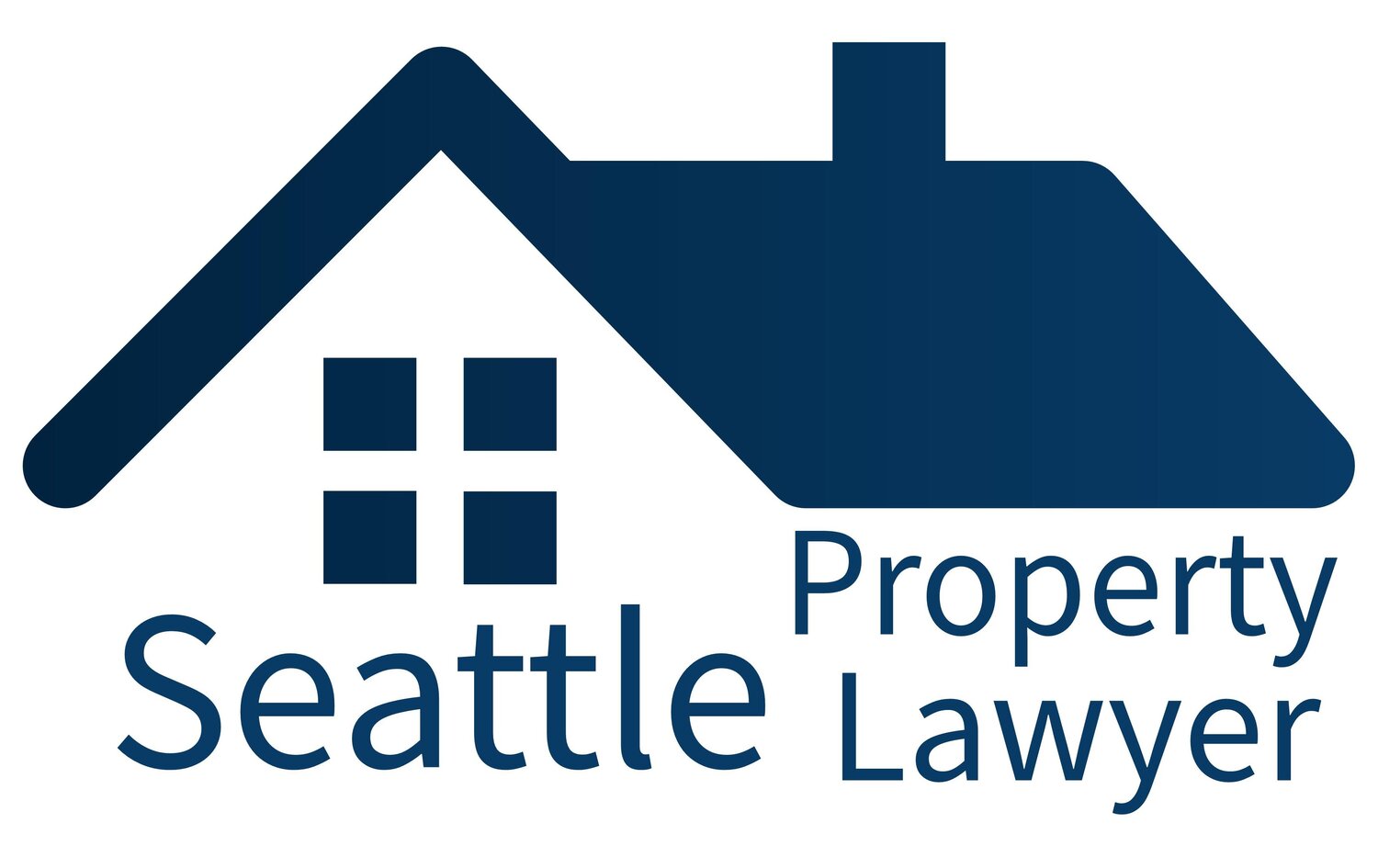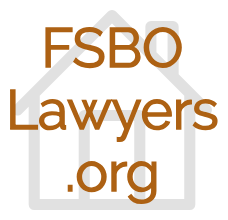How to Read (and understand) a Title Report
/What’s a “title report”? Heck, what is “title”? And why should a home buyer care in the first place? Here are the answers.
Title Report Explained.
“Title” is legalese for ownership. If you are “on title” then you are an owner.
When buying a home, you want to make sure you know what you are buying. Real property (legalese for land) is a complicated thing to own. Other people usually have some legal right to or interest in the land too, besides the owner.
A review of title shows who these people are and what they have to do with the property. So before buying it, a smart buyer will review title as part of their due diligence.
Encumbrances on Title
The legal right of someone other than the owner in property is called an “encumbrance” on title. A “lien” is one type of encumbrance. A lien is the legal right to force the sale of the property to satisfy a debt of the owner (or a prior owner).
The loan you take out to buy a home, the mortgage, is a common type of lien. If you default on that loan, the lender can foreclose the lien, which means the house is auctioned and the proceeds used to pay the debt.
Thankfully, a typical contract for sale requires that the seller pay these liens at closing. So the buyer doesn’t have to worry about them.
Other encumbrances, though, can be of real concern.
Covenants, conditions, and restrictions… oh my!
Covenants, conditions, and restrictions (or CC&Rs) are common in newer areas. Starting in the 1930’s, they were imposed by builders of new neighborhoods. They were used in part to enforce racist restrictions on housing. Indeed, progressive cities today are reckoning with this aspect of our racist past and attempting to move beyond it. And since the 1960’s these restrictions have been unenforceable and illegal.
CC&Rs impose restrictions on how an owner can use the property. In modern neighborhoods, they often create a Homeowners’ Association. Concerned about the environment, and want to dry clothes on a line in the yard? Probably not allowed (this was practically a crime in the 1960’s and CC&Rs of the time routinely ban it). Thinking about updating the exterior and giving it a modern PNW feel? The Architectural Review Committee of the HOA will need to weigh in.
Of course, an owner benefits like all the others from a tidy, uniform, well-maintained community. But don’t be surprised by the restrictions (and the costs, an HOA has dues that must be paid or they become a lien).
Easements can create problems.
An easement is the right to use someone else’s property for a specific purpose. A common type is a utilities easement. This gives the utility provider the right to maintain lines over (or under) your property. They have the right to come onto your property as needed to work on the lines, but once done they must restore it. Utility easements are very common and generally not a concern.
An ingress and egress easement is another type. This would cover a shared driveway, and in some instances even a private road that serves a bunch of parcels. These can be a problem.
Shared driveways are notorious flash points between neighbors. Many people share a driveway with a neighbor for decades and never have a problem. Others are not so lucky — as any real estate lawyer can tell you. Just be aware up front.
Reading a Title Report
Part of the sale process includes making sure all liens on the property are paid at closing. Here in WA (and many other states) this is done using a title insurance company.
So once the parties have a contract, it is sent to the title insurer. They issue the title report that shows all of the encumbrances on title to the property. The insurance company then works with the closing agent to make sure that all liens are paid and taken off title before the buyer becomes the owner.
A buyer will get a copy of the title report when it is first issued. Usually a buyer, under a title contingency, has five days to review and approve the title report. If the buyer objects to any encumbrance, the seller must have it removed before closing. If the seller cannot do so, then the sale fails and the buyer gets her earnest money back.
The encumbrances that will survive closing and bind the buyer are called “Special Exceptions.” These are listed in the section entitled “Part II Schedule B Special Exceptions.” Review this section closely.
Do not rely on any summary. You must follow the hyperlink to the actual document that creates the legal rights and obligations. Review that document. Are you OK with this? If so, cool!!! If not, well that’s the whole point of due diligence, avoiding a mistake.
We can help.
That’s a lot to remember. And there is a lot at stake. Consider hiring a lawyer, the only professional actually qualified to read and interpret a title report on your behalf.



